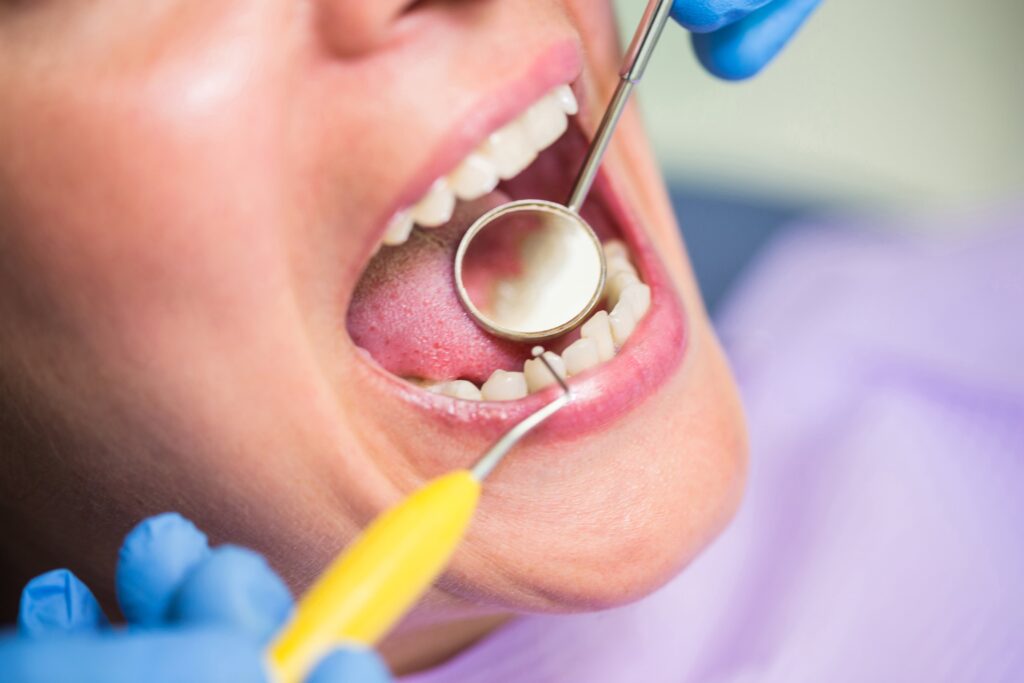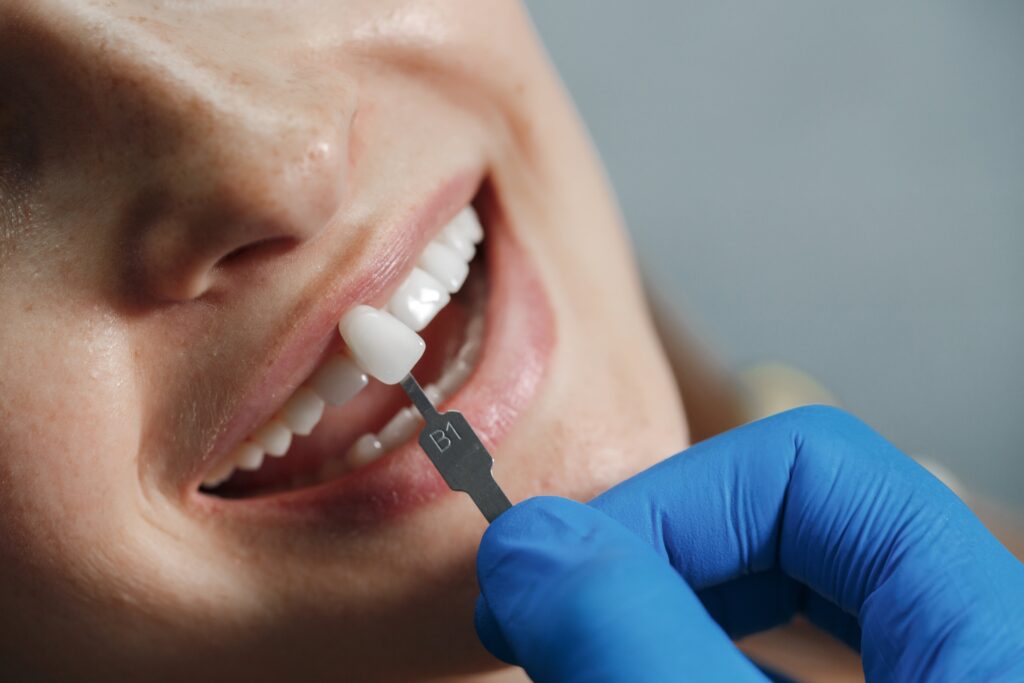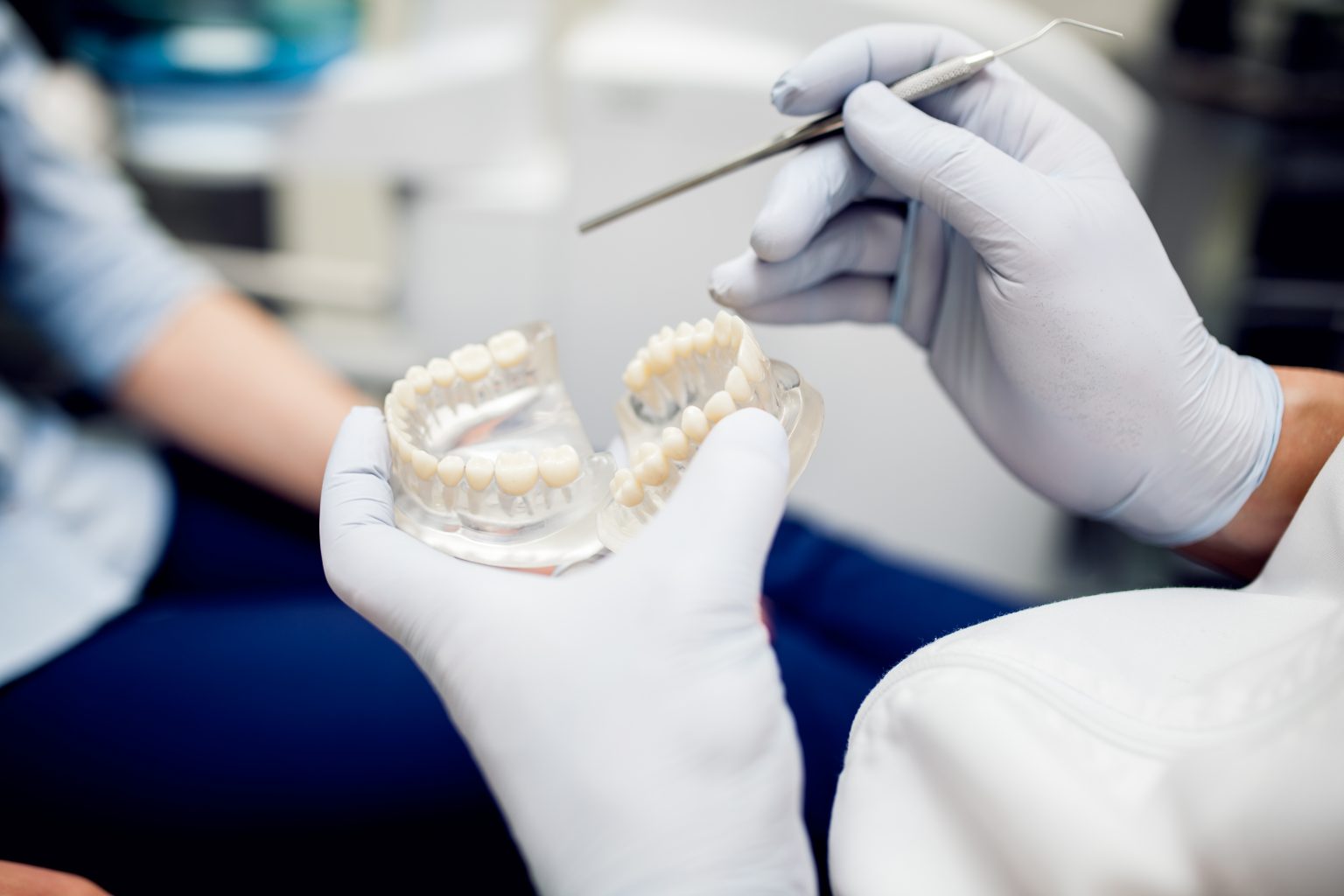Dental fillings are a common and essential aspect of oral healthcare. They serve to restore teeth that have been damaged by decay or trauma, allowing patients to regain their smiles and maintain proper oral function. When it comes to choosing a dental filling, there are various materials to consider, each with its own set of pros and cons. In this comprehensive guide, we will explore the most common types of dental fillings and weigh their advantages and disadvantages, helping you make informed decisions about your oral health.

1. Amalgam Fillings (Silver Fillings)
Pros:
- Durability: Amalgam fillings are known for their durability and longevity, making them an excellent choice for molars and teeth that withstand high chewing pressure.
- Cost-Effective: They are generally more affordable than some alternative materials, making them accessible for many patients.
- Speedy Procedure: The placement of amalgam fillings is typically quicker than that of some other materials, reducing chair time.
Cons:
- Aesthetics: The silver color can be less aesthetically pleasing than tooth-colored options, making them more noticeable, particularly on front teeth.
- Mercury Content: Amalgam contains mercury, which has raised concerns among some patients, despite its safety as declared by dental authorities.
- Possible Tooth Discoloration: Over time, amalgam fillings may lead to a grayish discoloration in the tooth.
2. Composite Fillings
Pros:
- Aesthetic Appeal: Composite fillings are tooth-colored, blending seamlessly with natural teeth, making them an excellent choice for visible areas.
- Versatility: They can be used for both front and back teeth, providing a versatile option for dental restorations.
- Conservation of Tooth Structure: Composite fillings require less removal of healthy tooth structure, making them a more conservative option.
- Bonding Strength: Composite fillings bond effectively with the tooth, which can provide added support.
Cons:
- Durability: While they are durable, composite fillings may not last as long as amalgam or other materials, especially in high-stress areas.
- Cost: They are often more expensive than amalgam fillings, which can be a consideration for some patients.
- Sensitivity: Patients may experience some post-treatment sensitivity.
3. Gold Fillings
Pros:
- Durability: Gold fillings are known for their strength and longevity, with some lasting for several decades.
- Tissue-Friendly: Gold is a biocompatible material, making it less likely to cause allergic reactions or gum irritation.
- Precision: The fabrication of gold fillings is done outside the mouth, allowing for precise fits and minimal chair time.
Cons:
- Aesthetics: The obvious drawback is the gold color, which can be seen as a cosmetic disadvantage.
- Cost: Gold fillings are among the most expensive options, making them less accessible for some patients.
- Invasive Procedure: Preparing a tooth for a gold filling may require more removal of healthy tooth structure compared to other materials.
4. Ceramic Fillings
Pros:
- Aesthetic Excellence: Ceramic fillings are known for their natural appearance, blending seamlessly with the surrounding teeth.
- Biocompatible: They are biocompatible and well-tolerated by most patients, minimizing the risk of allergies or sensitivities.
- Durability: Ceramic fillings are strong and can withstand the pressures of chewing in the back teeth.
Cons:
- Cost: They tend to be more expensive than amalgam fillings and may not be covered by insurance in some cases.
- Brittleness: Ceramic fillings can be more brittle than other materials, increasing the risk of fracturing, especially in high-stress areas.
- Fabrication Time: The creation of ceramic fillings can take longer as they are often custom-made in a dental laboratory.
5. Glass Ionomer Fillings
Pros:
- Biocompatibility: Glass ionomer fillings are biocompatible and well-tolerated by most patients.
- Adhesion: They bond well to the tooth structure, which can provide additional support.
- Fluoride Release: Glass ionomer fillings release fluoride, which can help prevent further decay in the surrounding teeth.
Cons:
- Durability: They are less durable than some other materials and may not be suitable for high-stress areas.
- Aesthetics: Glass ionomer fillings may not be as aesthetically pleasing as tooth-colored options, as they tend to be translucent and may stain over time.
- Limited Uses: They are most suitable for non-load-bearing areas, such as deciduous teeth or as temporary fillings.
6. Ceramic and Resin Inlays/Onlays
Pros:
- Aesthetic Excellence: Inlays and onlays are highly aesthetic, providing a natural appearance that blends seamlessly with surrounding teeth.
- Strength: They offer excellent strength and durability, making them suitable for both front and back teeth.
- Conservation of Tooth Structure: These restorations require minimal removal of healthy tooth structure, preserving the tooth’s integrity.
Cons:
- Cost: Inlays and onlays are typically more expensive than traditional fillings due to their custom fabrication.
- Two-Step Process: The procedure involves two steps: the initial preparation and the placement of the restoration.
- Laboratory Time: Custom fabrication may require additional time, necessitating a temporary filling in the interim.

Conclusion
Choosing the right type of dental filling involves a combination of factors, including the location of the tooth, aesthetic considerations, cost, and individual preferences. It’s essential to consult with your dentist to make an informed decision based on your specific needs and circumstances. The pros and cons of each filling material offer a spectrum of choices, ensuring that there is an ideal solution for everyone. Your dentist can provide personalized recommendations and help you achieve optimal oral health and aesthetics through the right choice of dental fillings.




